All eyes were on the rematch of the 2016 women’s singles final and combined star power of the men’s singles champions from the past three Olympics. It was 2 hours 36 minutes of pure pleasure for Sydney-siders.
By Aaron Wong, Badzine Correspondent live in Sydney. Photos: Badmintonphoto (live)
Third time lucky
For three years running China’s Sun Yu faced Saina Nehwal across rubber matches at the Australian Superseries and, for a change, her stamina outlasted the Indian, 21-17, 10-21, 21-17. Sun’s reversal of the 2016 Australian final sets up a very appealing rematch with Nozomi Okuhara from the opening round of the same year.
To compare across their Australian encounters, the match resembled the hardworking 2015 Nehwal smash, rather than its sharper and lethal 2016 Australian version, paired with the enhanced 2016 retrieval ability sans attempts at amazing net shots apart from desperate saves. The 2017 Sun Yu playing Nehwal was fresher and stayed in this condition for longer apart from a minor lapse at the beginning of the rubber. For Sun, the constant remained no demonstration at speeding up.
Nehwal was in the driver’s seat as usual and made the latest encounter electrifying by invoking a superhuman. Relentless power and determined speed addressed every shot until 15-13 in the rubber when the latter quality suddenly faltered first. A subsequent unforced error on a lift caught by the net was the bigger warning sign, her arm had moved slower to produce the stroke. Altogether the Indian defending champion delivered on her plan and there were no terrible errors until the turning point. Who knew both ladies would have more energy to spend than before? This time around the Indian squandered all of hers prematurely instead of the Chinese.
The elephant in the room
The Lin Dan and Chen Long spectacle followed. The reigning Rio Olympic champion won 21-16, 12-21, 23-21 and the loser walked away as crowd favourite before and after if we judge by the amount and volume of cheering for each.
Conspiracy theorists might wonder if this was a ‘real’ match and there are strong indications it was. To begin with, it was officially broadcast internationally which makes it a historical document that Lin’s offspring could watch one day. Both men have been evolving towards elegant professionalism in their careers for years now adds to the authenticity. There is also Lin Dan’s full tournament schedule since Rio to factor into the meaning.
From a generic single’s player’s point of view, one’s fullest strokes are produced when the mind is undistracted which was evident from both Olympic champs. They have met before but single’s players naturally wish to prove their athleticism to themselves and this broadcast documents a 33 year old Lin competing against 28 year old Chen, an event we can’t take for granted considering the number of post-Rio retirements (for example Chen’s wife and former world #1 Wang Shixian).
It is true that the other stakes the rest of the players in the field are fighting for isn’t relevant to them. The title or advancement in the draw and increase in prize money accordingly wouldn’t vitally add nor subtract to Lin’s reputation or livelihood. This contrast was on display in the duel on the adjacent court between Lee Hyun Il and Tian Houwei. Both matches included patient play that looked like masterclasses in men’s singles but there was a noticeable additional bandwidth of tension in the untelevised match. There were moments Tian abused his body trying to win a rally and Lee felt nerves as Tian caught up in the first and third games.
The best way to imagine it is the Lin-Chen quarter-final wasn’t an exhibition match and neither was it how both men would play if they were say opponents representing different countries in the final of the Sudirman Cup. Gripping matches are not necessarily beautiful. In playing freely, China’s Olympic champions dazzled the crowd and proved what level their stroke abilities are at. Some may prefer to define this as a contest rather than a match.
As far as fans were concerned, they witnessed poetry in motion especially from Lin. Like poetry, you simply need to understand the parameters to appreciate the beauty and, in this case, figure out the truth if you were in any doubt.
Click here for complete quarter-final results
![AUSTRALIAN OPEN 2017 QF – 1hour 18 minutes times two All eyes were on the rematch of the 2016 women’s singles final and combined star power of the men’s singles champions from the past three Olympics. It was 2 hours […]](http://www.badzine.net/wp-content/uploads/ngg_featured/20170623_2122_AustraliaOpen2017_BPRS3001_rotator.jpg)
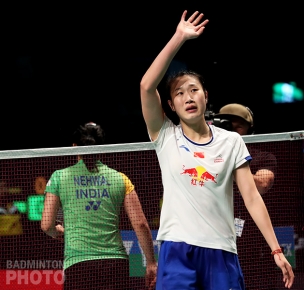

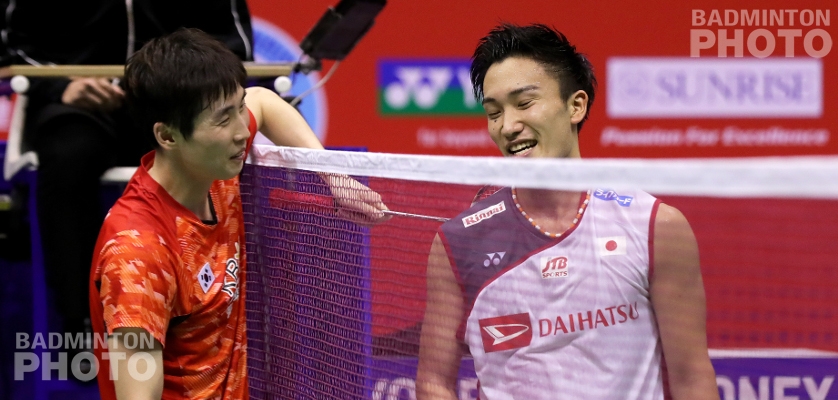
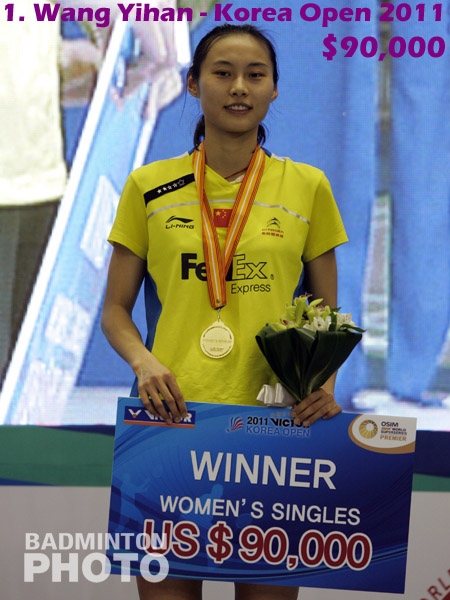
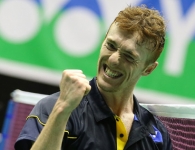
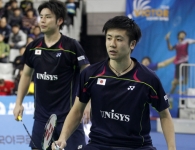

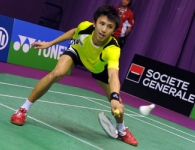
Leave a Reply